Rare Rides: The Bizzarrini BZ 2001, From 1991

Bizzarrini — a name which conjures images of, well, probably nothing for most people. In the Sixties, Bizzarrini was a short-lived auto manufacturer, but after the company’s demise, the name popped up once more in the early Nineties.
Let’s find out a little more about this one-of-one BZ 2001.
First, the brand. Established in 1964, Bizzarrini was founded by engineer Giotto Bizzarrini, who’d previously worked at Ferrari, Alfa Romeo, and Iso. Headquartered in Livorno, Italy, the company produced three notable models circa 1966: the 5300 Strada, the 1900 GT Europa, and the P538 S. Some were road cars for discerning customers, others were race cars that took part in events like the 12 Hours of Sebring and 24 Hours of Le Mans.
All of the company’s cars were very low-volume. The Strada numbered 133 examples, which made it entirely commonplace compared to the other two’s single- or double-digit production. Perhaps it’s not surprising that by 1969, the company was no more. After the brand went bust, Mr. Bizzarrini continued work on some existing ideas in the Seventies. He notably completed a few examples of a new model called the AMX/3, and a few more of the P538 S.
Cut forward a few years or 20, and in 1990 investor Barry Watkins phoned up Bizzarrini and asked if he’d be interested in designing a new supercar. Bizzarrini agreed, World SuperCars, Inc. was formed, and the project was officially underway. With an eye continually toward lightness, Bizzarrini designed a body composed entirely of carbon fiber. The sleek new design was sponsored by several different parts manufacturers who assisted in its engineering. Underneath, the BZ 2001 used the Ferrari Testarossa’s V12 engine and various other components.
Introduced circa 1993 at various auto shows, World SuperCars planned to sell each BZ 2001 for $250,000 ($450,925 adjusted). The ad’s rambling copy (linked below) attributes the BZ 2001’s failure to fading interest from the Indonesian conglomerate which eventually bought Lamborghini. Other factors might include the extreme pricing, or perhaps a failed test drive by Autoweek where the hood flew off. In any event, the BZ 2001 never progressed past a singular prototype.
Said prototype is for sale presently in Belgium at a price which is available upon request.
[Images: seller]

Interested in lots of cars and their various historical contexts. Started writing articles for TTAC in late 2016, when my first posts were QOTDs. From there I started a few new series like Rare Rides, Buy/Drive/Burn, Abandoned History, and most recently Rare Rides Icons. Operating from a home base in Cincinnati, Ohio, a relative auto journalist dead zone. Many of my articles are prompted by something I'll see on social media that sparks my interest and causes me to research. Finding articles and information from the early days of the internet and beyond that covers the little details lost to time: trim packages, color and wheel choices, interior fabrics. Beyond those, I'm fascinated by automotive industry experiments, both failures and successes. Lately I've taken an interest in AI, and generating "what if" type images for car models long dead. Reincarnating a modern Toyota Paseo, Lincoln Mark IX, or Isuzu Trooper through a text prompt is fun. Fun to post them on Twitter too, and watch people overreact. To that end, the social media I use most is Twitter, @CoreyLewis86. I also contribute pieces for Forbes Wheels and Forbes Home.
More by Corey Lewis
Latest Car Reviews
Read moreLatest Product Reviews
Read moreRecent Comments
- Jalop1991 In a manner similar to PHEV being the correct answer, I declare RPVs to be the correct answer here.We're doing it with certain aircraft; why not with cars on the ground, using hardware and tools like Telsa's "FSD" or GM's "SuperCruise" as the base?Take the local Uber driver out of the car, and put him in a professional centralized environment from where he drives me around. The system and the individual car can have awareness as well as gates, but he's responsible for the driving.Put the tech into my car, and let me buy it as needed. I need someone else to drive me home; hit the button and voila, I've hired a driver for the moment. I don't want to drive 11 hours to my vacation spot; hire the remote pilot for that. When I get there, I have my car and he's still at his normal location, piloting cars for other people.The system would allow for driver rest period, like what's required for truckers, so I might end up with multiple people driving me to the coast. I don't care. And they don't have to be physically with me, therefore they can be way cheaper.Charge taxi-type per-mile rates. For long drives, offer per-trip rates. Offer subscriptions, including miles/hours. Whatever.(And for grins, dress the remote pilots all as Johnnie.)Start this out with big rigs. Take the trucker away from the long haul driving, and let him be there for emergencies and the short haul parts of the trip.And in a manner similar to PHEVs being discredited, I fully expect to be razzed for this brilliant idea (not unlike how Alan Kay wasn't recognized until many many years later for his Dynabook vision).
- B-BodyBuick84 Not afraid of AV's as I highly doubt they will ever be %100 viable for our roads. Stop-and-go downtown city or rush hour highway traffic? I can see that, but otherwise there's simply too many variables. Bad weather conditions, faded road lines or markings, reflective surfaces with glare, etc. There's also the issue of cultural norms. About a decade ago there was actually an online test called 'The Morality Machine' one could do online where you were in control of an AV and choose what action to take when a crash was inevitable. I think something like 2.5 million people across the world participated? For example, do you hit and most likely kill the elderly couple strolling across the crosswalk or crash the vehicle into a cement barrier and almost certainly cause the death of the vehicle occupants? What if it's a parent and child? In N. America 98% of people choose to hit the elderly couple and save themselves while in Asia, the exact opposite happened where 98% choose to hit the parent and child. Why? Cultural differences. Asia puts a lot of emphasis on respecting their elderly while N. America has a culture of 'save/ protect the children'. Are these AV's going to respect that culture? Is a VW Jetta or Buick Envision AV going to have different programming depending on whether it's sold in Canada or Taiwan? how's that going to effect legislation and legal battles when a crash inevitibly does happen? These are the true barriers to mass AV adoption, and in the 10 years since that test came out, there has been zero answers or progress on this matter. So no, I'm not afraid of AV's simply because with the exception of a few specific situations, most avenues are going to prove to be a dead-end for automakers.
- Mike Bradley Autonomous cars were developed in Silicon Valley. For new products there, the standard business plan is to put a barely-functioning product on the market right away and wait for the early-adopter customers to find the flaws. That's exactly what's happened. Detroit's plan is pretty much the opposite, but Detroit isn't developing this product. That's why dealers, for instance, haven't been trained in the cars.
- Dartman https://apnews.com/article/artificial-intelligence-fighter-jets-air-force-6a1100c96a73ca9b7f41cbd6a2753fdaAutonomous/Ai is here now. The question is implementation and acceptance.
- FreedMike If Dodge were smart - and I don't think they are - they'd spend their money refreshing and reworking the Durango (which I think is entering model year 3,221), versus going down the same "stuff 'em full of motor and give 'em cool new paint options" path. That's the approach they used with the Charger and Challenger, and both those models are dead. The Durango is still a strong product in a strong market; why not keep it fresher?




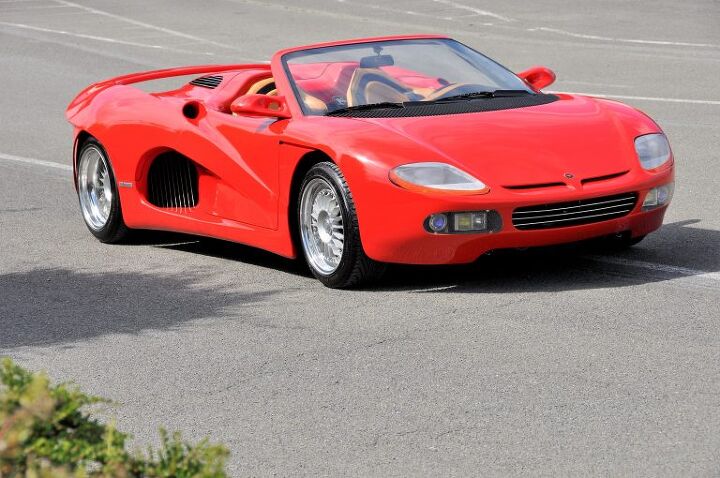



















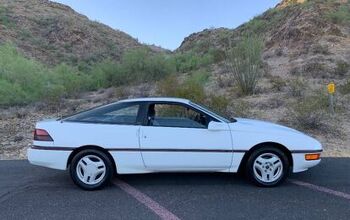
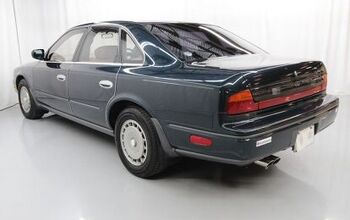
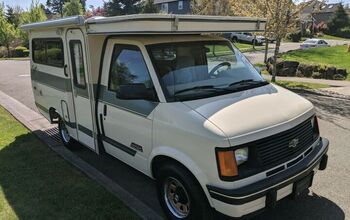
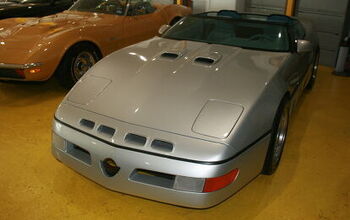










Comments
Join the conversation
"Underneath, the BZ 2001 used the Ferrari Testarossa’s V12 engine and various other components." I thought the Ferrari Testarossa had a flat 12 engine.
Yeah, these cars are much more Mediterranean. I remember seeing a Bizzaririni Strada (Porsche orange) parked on the street in Nice in the late 60’s or thereabouts. Didn’t know they ever made anything more modern.